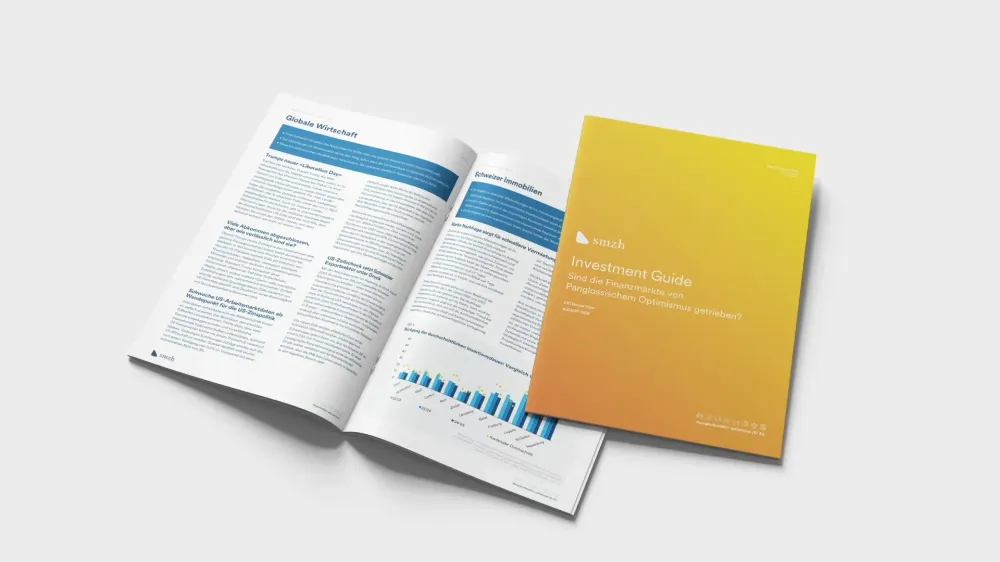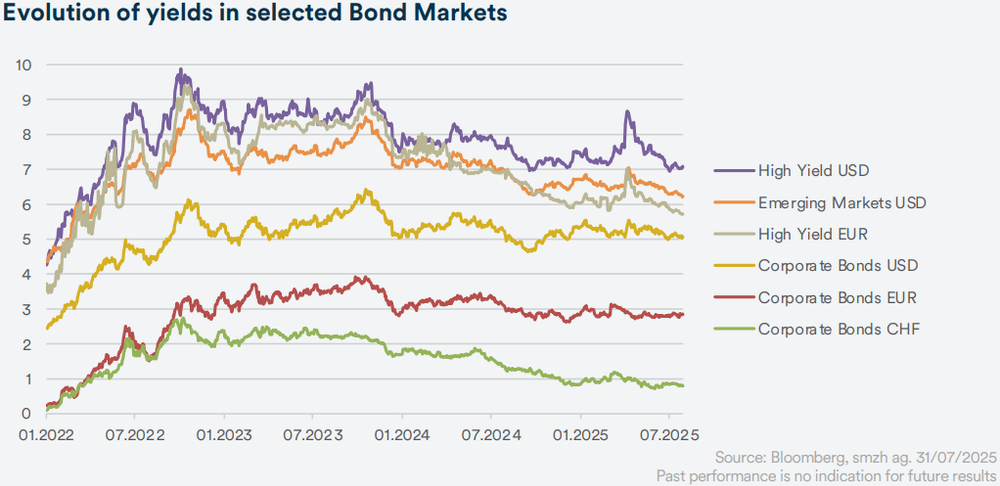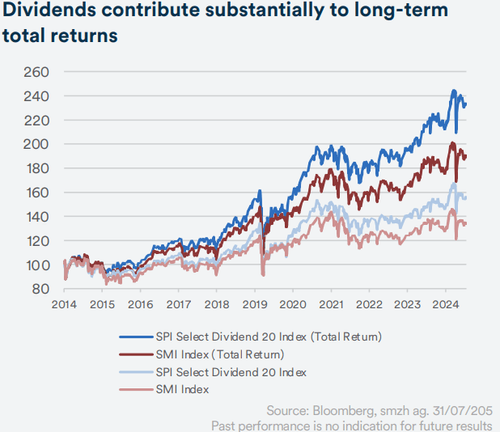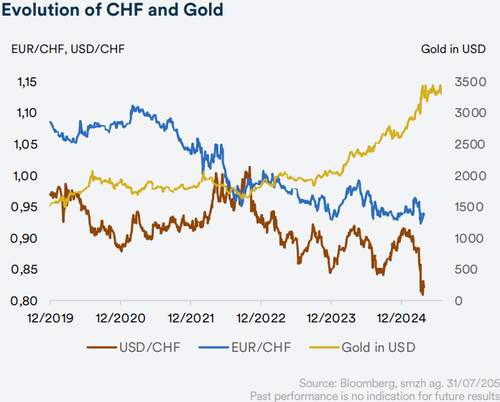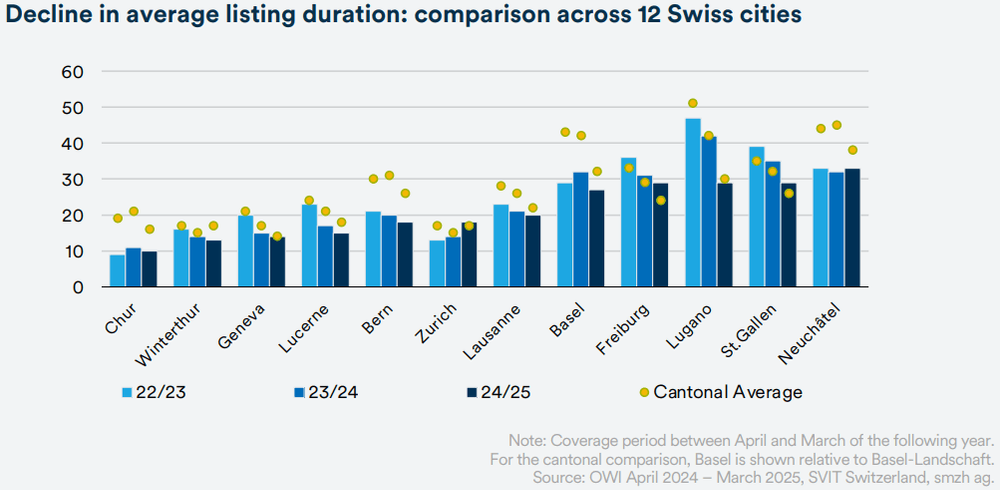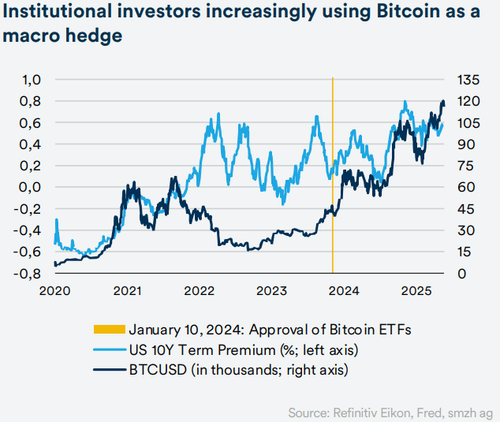Are financial markets driven by Panglossian optimism?
Despite persistent geopolitical tensions, tariff shocks, and concerns about global growth, equity markets continue reaching new all-time highs. This seemingly paradoxical development invites an important question: do these markets reflect rational confidence, or have they succumbed to Panglossian optimism?
The term “Panglossian optimism” originates from a character in the satirical novel called “Candide” by Voltaire, one of the most prominent French philosophers, where Dr. Pangloss insists on living in “the best of all possible worlds” regardless of any adversity. In the context of financial markets, the term refers to a tendency among investors to underestimate or ignore risks and to assume that favourable market conditions will always prevail.
Recent market behaviour may indeed show elements of this mindset. The resilience of equity markets and their rapid ascent to new all-time highs despite persistent uncertainties such as tariff shocks, geopolitical risks – where tensions simmer dangerously, from the ongoing conflict in Ukraine to volatility in the Middle East – or rising sovereign debt and questions over central bank independence.
A healthy correction may be due — but keep strategic
positioning
Equity valuations have expanded even as uncertainties persist, suggesting that a healthy market correction may be indeed warranted. Nonetheless, this does not argue for a withdrawal from equities. Despite heightened risks, maintaining strategic allocations remains prudent.
While a slowdown in growth is widely anticipated, recent economic data have been relatively resilient. Structural trends, particularly in artificial intelligence, are likely to support corporate margins. Historically, corporate earnings have been the single most important determinant of equity price performance, and this fundamental link remains intact today where earnings are expected to be the key driver for price performance going forward. While this may constrain near-term upside potential, the backdrop remains constructive. Additionally, as market focus gradually shifts from concerns over trade policy and economic growth to potential pro-growth and deregulation policy measures in the US, compounded by anticipated interest rate cuts by central banks both in the US and globally, further stimulus may be on the horizon.
Historically, markets have oscillated between under- and overestimating risks. Determining the current environment requires rigorous analysis, not optimism alone. Looking ahead, investors should retain a disciplined approach, recognize genuine growth opportunities while remain vigilant toward risks that could swiftly alter the market narrative.
Enjoy the read.
Best regards,
Gzim Hasani, CEO
Bekim Laski, CFA, Chief Investment Officer
